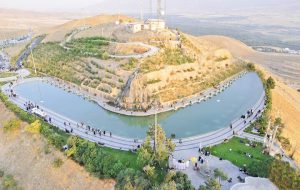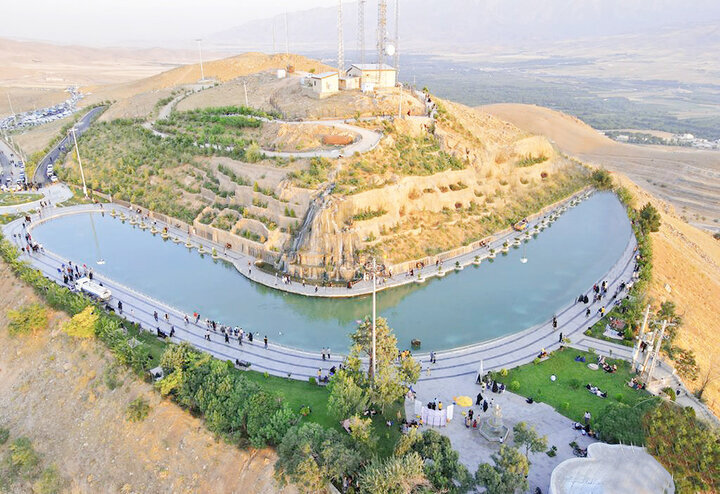Nahavand aims to join UNESCO Creative Cities Network
TEHRAN – With the recent opening of the National Creative Cities Institute’s office in Nahavand, the Iranian city is moving closer to securing a spot among UNESCO’s Creative Cities. Speaking at the inauguration event on Saturday, Kamran Rahmati-Shadbad, the Institute’s CEO, expressed optimism about Nahavand becoming Iran’s sixth UNESCO Creative City, highlighting the city’s rich


TEHRAN – With the recent opening of the National Creative Cities Institute’s office in Nahavand, the Iranian city is moving closer to securing a spot among UNESCO’s Creative Cities.
Speaking at the inauguration event on Saturday, Kamran Rahmati-Shadbad, the Institute’s CEO, expressed optimism about Nahavand becoming Iran’s sixth UNESCO Creative City, highlighting the city’s rich cultural and economic resources.
Rahmati-Shadbad called on local officials to promote Nahavand’s strengths in tourism, handicrafts, food industries, and historical sites to sponsor its creative city status.
He outlined four essential pillars of a UNESCO Creative City: creativity, knowledge, creative industries, and a knowledge-based economy.
A truly creative city, he emphasized, fosters an environment for artists, researchers, and specialists across various fields to thrive and contribute to a better quality of life.
Currently, five Iranian cities hold UNESCO Creative City designations: Isfahan and Bandar Abbas for crafts, Kermanshah and Rasht for cuisine, and Sanandaj for music.
Nahavand, located in the southwest of Hamedan province at an altitude of 1,661 meters, is the province’s third-largest city and boasts a rich history, cultural heritage, and a thriving economy based on agriculture, animal husbandry, handicrafts, and rug weaving.
Experts believe that Nahavand with its historical significance and cultural diversity has positioned itself as a promising candidate for UNESCO’s network.
The UNESCO Creative Cities Network (UCCN) was created in 2004 to promote cooperation with and among cities that have identified creativity as a strategic factor for sustainable urban development.
The 350 cities around the world that currently make up this network work together towards a common objective: placing creativity and cultural industries at the heart of their development plans at the local level and cooperating actively at the international level.
AM
